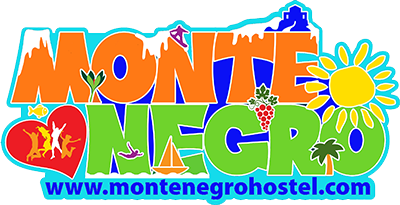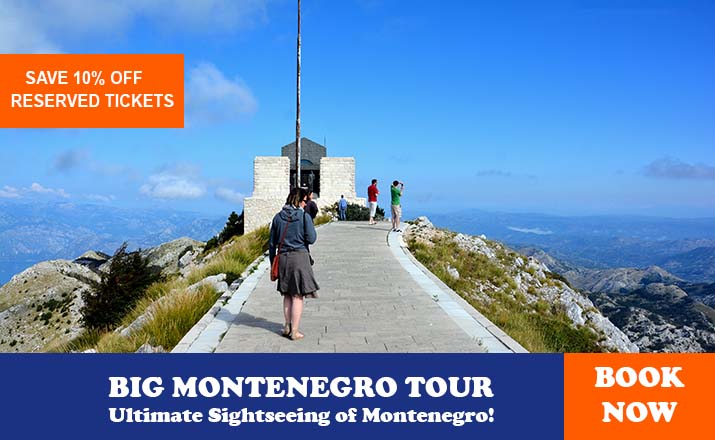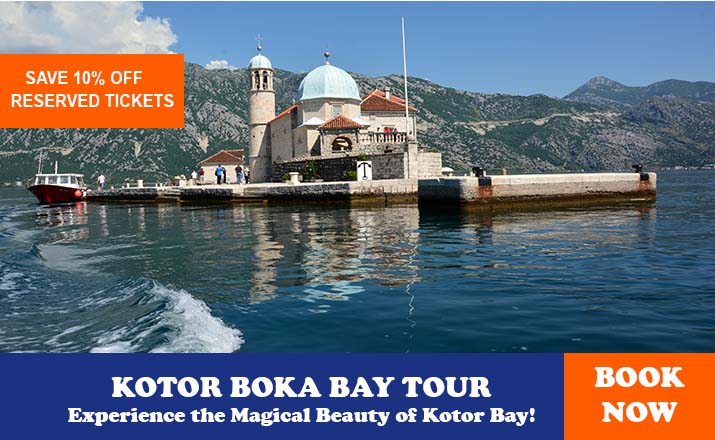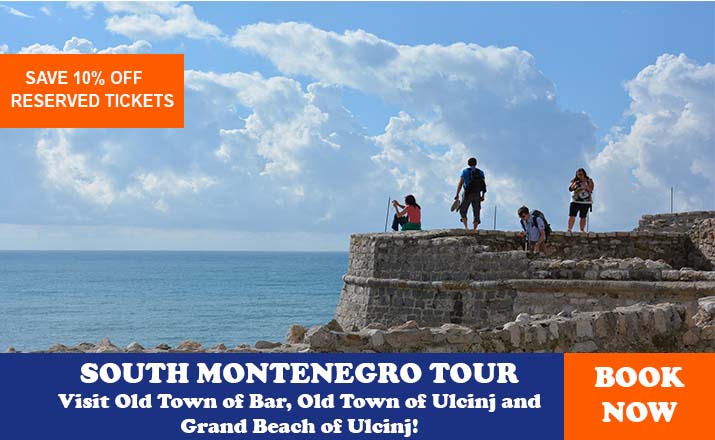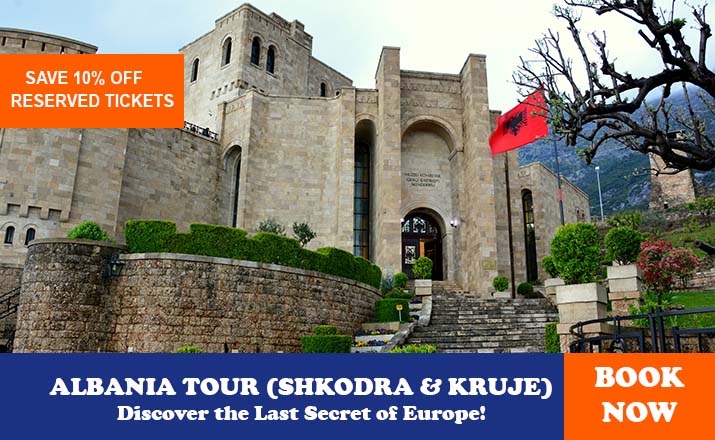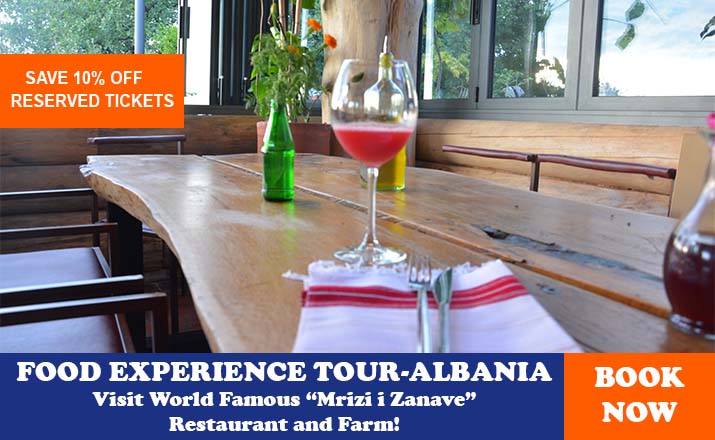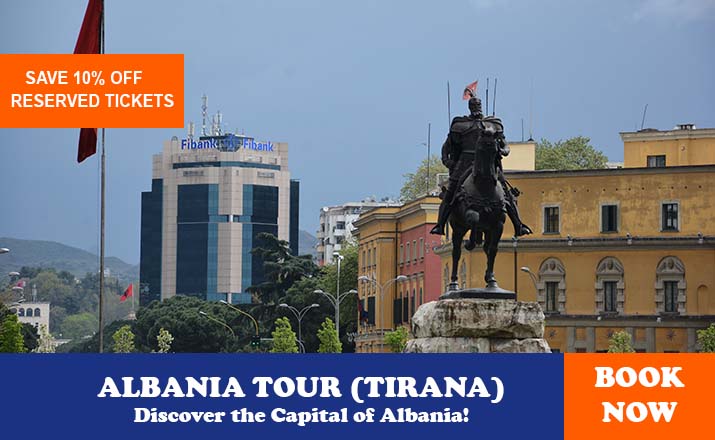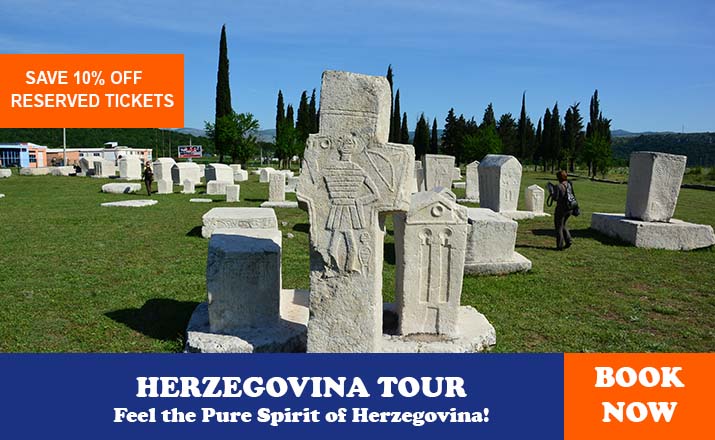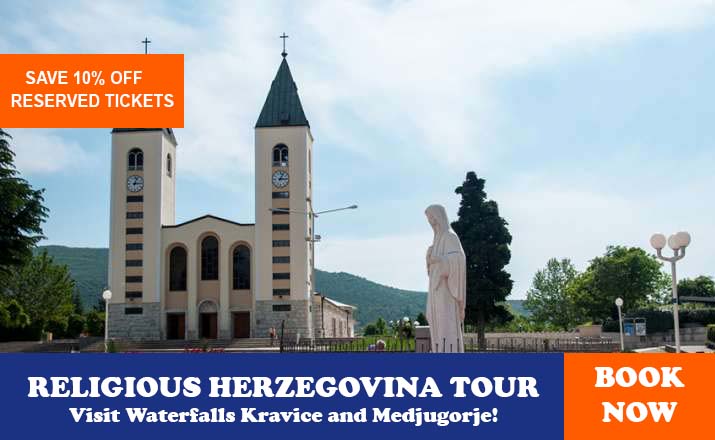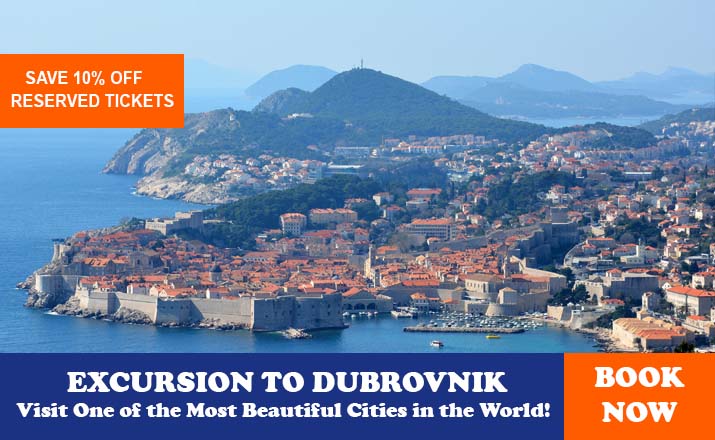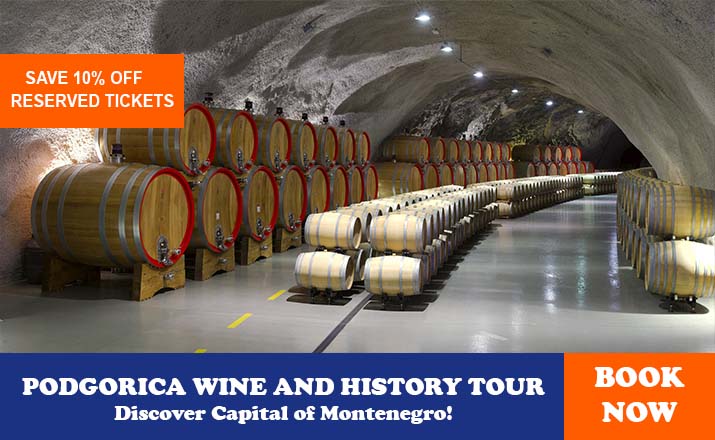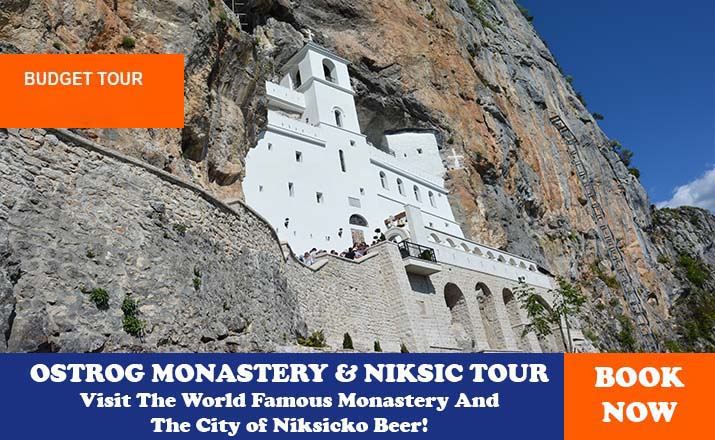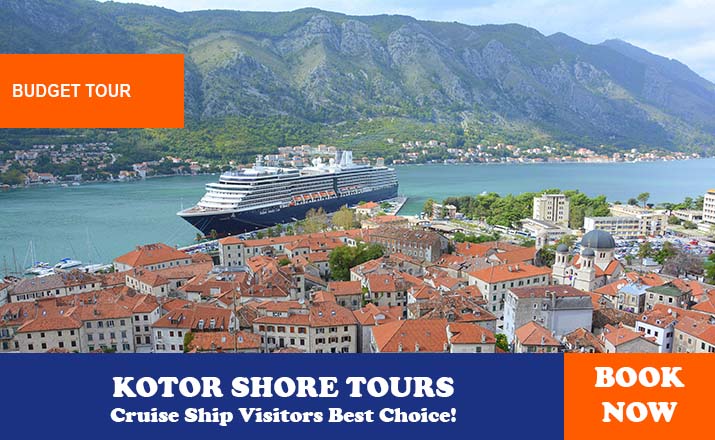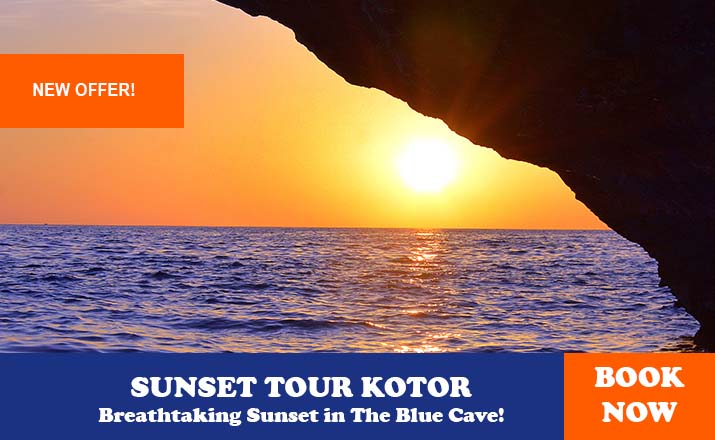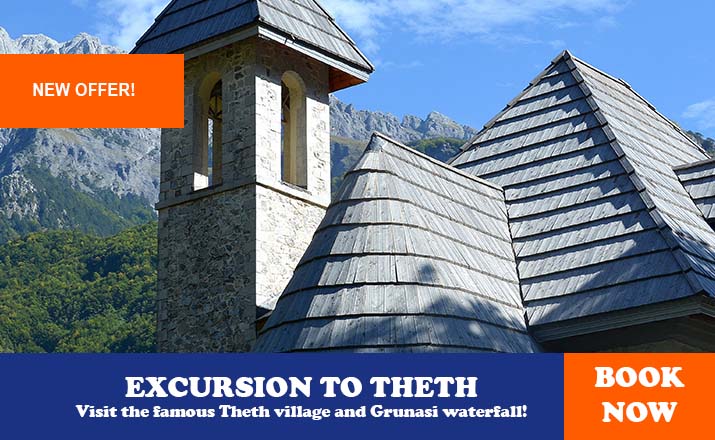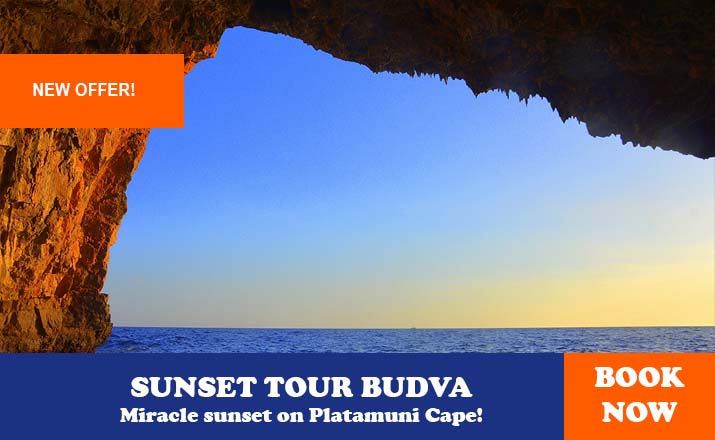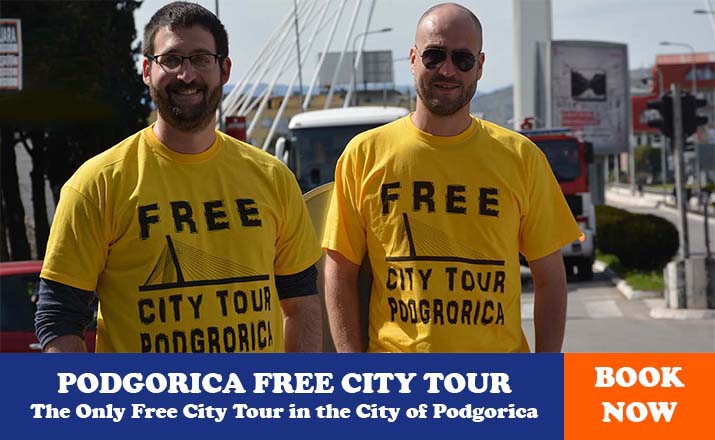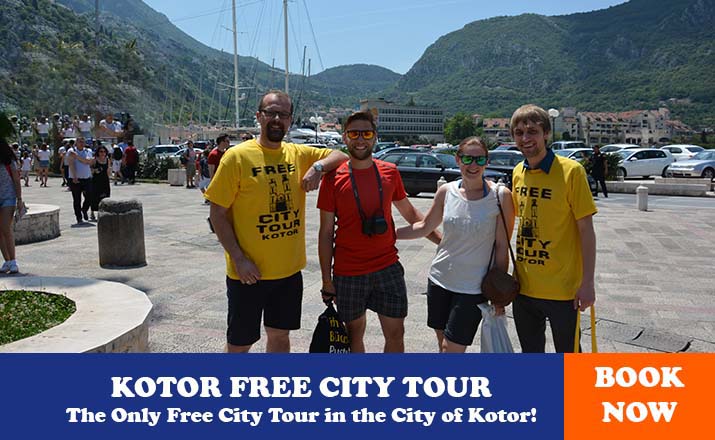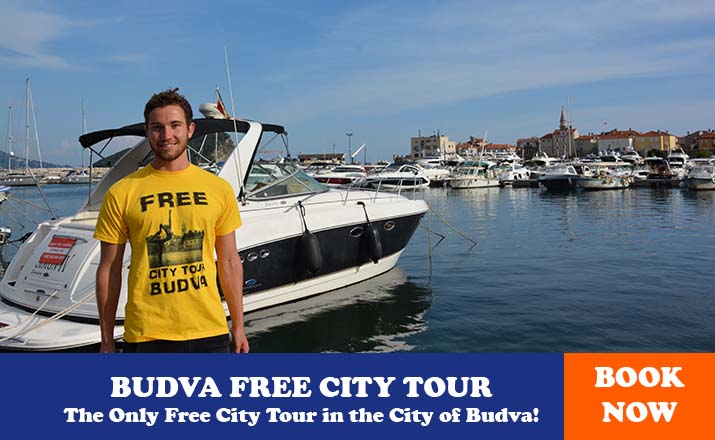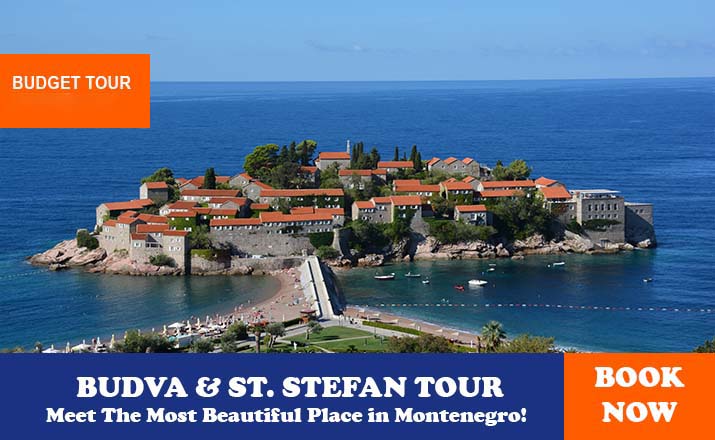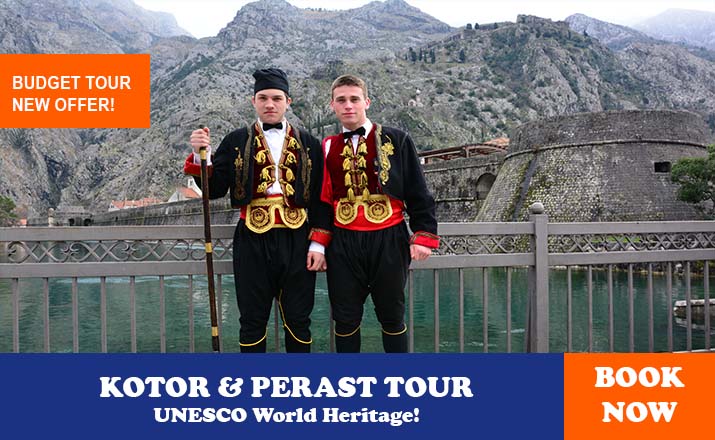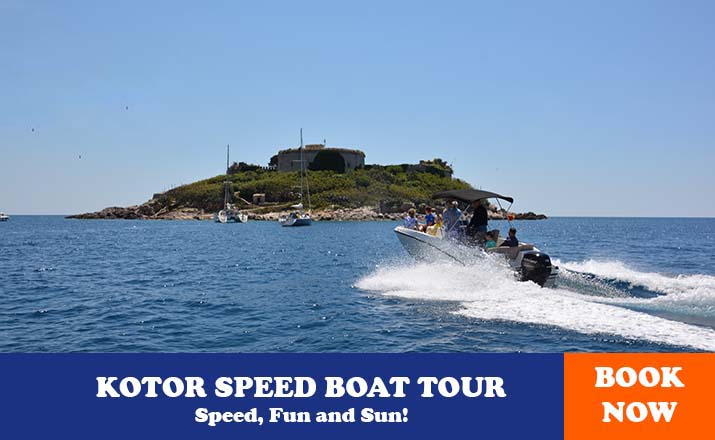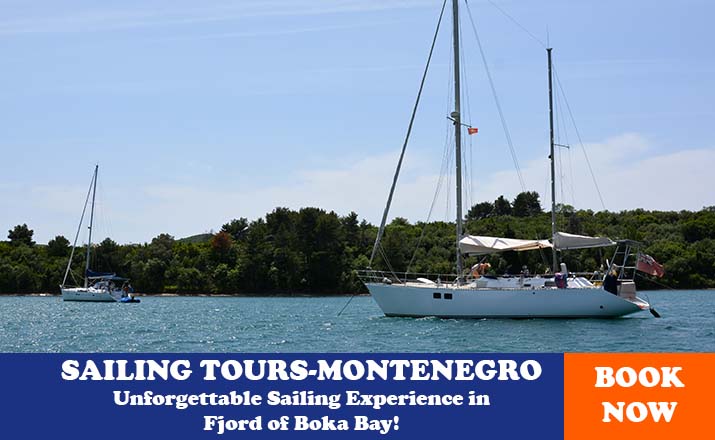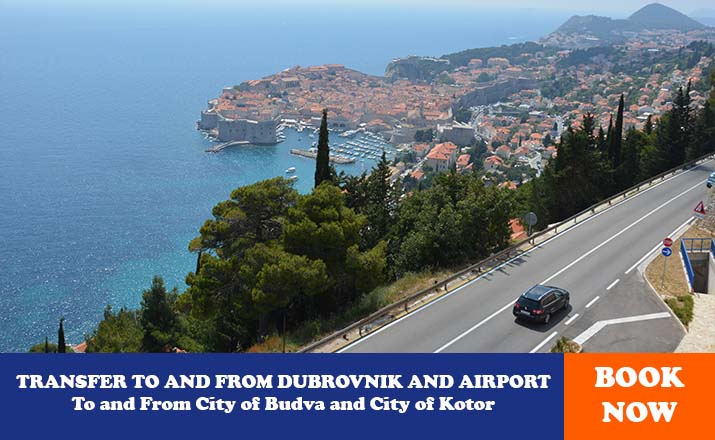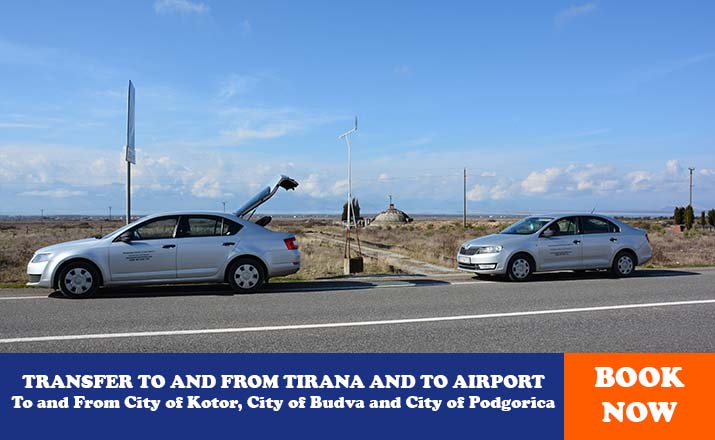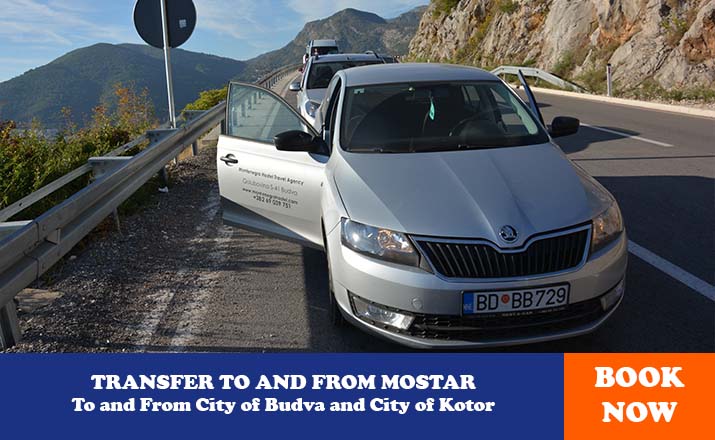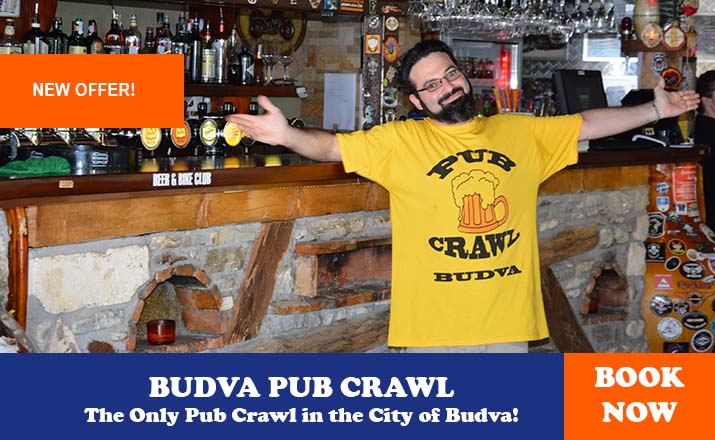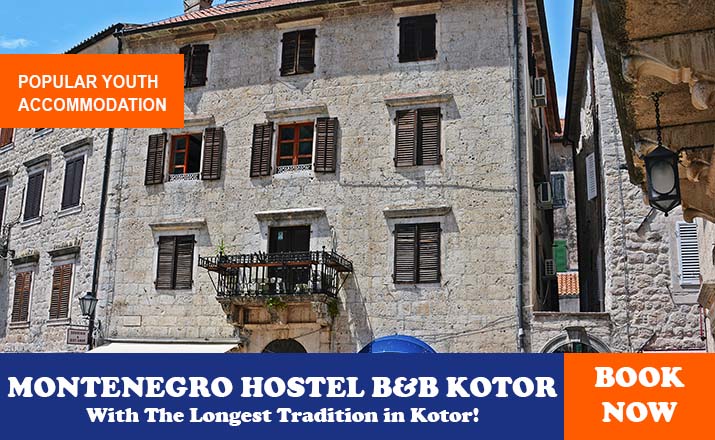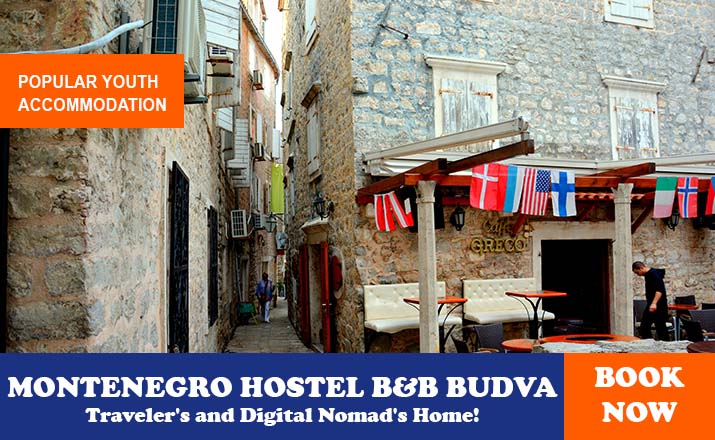TRAVELING BY BUS, TRAIN, AND FERRY SCHEDULES
BUS, TRAIN, AND FERRY SCHEDULES IN MONTENEGRO
TRAVELING BY BUS
Being the only link to most of the towns and villages, the bus network of Montenegro is comprehensive. Podgorica's bus station has departures for every town several times a day. Some bus companies operate with coaches and others with minibusses. The quality of coaches and minibusses is variable, from the very comfortable new ones to the standard ones with basic facilities. Large items of baggage carry an extra charge and are stored in the trunk.
To get to the furthest point reachable by public transport to villages off the main roads, use the local transportation. Each town has local bus lines operating to the villages that have any kind of road leading to them. If you cannot see the timetable, it could be that there isn't one, but the locals at the station should know it well. If the ticket counter is closed (or there isn't one), it is usual to buy the ticket on the bus. If the counter is open, buy the ticket there since the bus could be overcrowded. Additional care is needed because on some buses, they will sell you a ticket even if they don't have any seating space left.
BUS SCHEDULES AND TIMETABLES IN MONTENEGRO
Look at the bus schedules at the most important bus stations in Montenegro
BUS SCHEDULES IN PODGORICA (UPDATED in December 2025)
BUS SCHEDULES IN BUDVA (UPDATED in December 2025)
BUS SCHEDULES IN KOTOR (UPDATED in December 2025)
BUS SCHEDULES IN BAR (UPDATED in December 2025)
BUS SCHEDULES IN ULCINJ (UPDATED in December 2025)
BUS SCHEDULES IN HERCEG NOVI (UPDATED in December 2025)
BUS SCHEDULES AND TIMETABLES IN TIRANA, MOSTAR, TREBINJE, AND DUBROVNIK
You can look at the bus schedules in some of the bus stations close to Montenegro
BUS SCHEDULES IN TIRANA (Albania) (UPDATED in December 2025)
BUS SCHEDULES IN MOSTAR (Bosnia and Herzegovina) (UPDATED in December 2025)
BUS SCHEDULES IN TREBNJE (Bosnia and Herzegovina) (UPDATED in December 2025)
BUS SCHEDULES IN DUBROVNIK (Croatia) (UPDATED in December 2025)
TRAVELING BY TRAIN
Though it exists on the map, the train line from Podgorica to Shkoder in Albania has been abandoned for decades. Nowadays, Serbia is the only country where you can come to Montenegro by train. There are daily departures from Belgrade to Podgorica and the city of Bar, as well as in opposite directions. The ride from Belgrade should last around 10 hours, but due to delays, it can easily be prolonged by 1-2 hours. Therefore, it is highly advisable to travel during the night and book a sleeping car. From mid-June to mid-September, booking could be tricky as all the trains are packed full, and you should try to book well in advance. Note that the usual procedure is for the conductor to take your ticket to know when to wake you up in the morning, and when he will give it back to you. To be sure that you will have a seat during your whole trip in an ordinary 2nd-class compartment in the high tourist season, you should make the reservation (rezervacija). The same goes for the trip in the other direction from Podgorica towards Belgrade. During the summer season, the evening train from Belgrade also carries cars.
Look at train schedules at the most important railway stations in Montenegro:
TRAIN SCHEDULES IN PODGORICA AND BAR
To organize the itinerary, you can look at the train schedules at the train stations in Podgorica and Bar:
TRAIN SCHEDULES (UPDATED in December 2025)
TRAVELING BY FERRY
The regular ferry service operates between the only ferry port in Montenegro, located in the city of Bar, and the port of Bari in Italy, as well as in the opposite direction. This service was interrupted in 2020 and has not yet been reinstated.
For all other information, please call the port in Bar by telephone at +382 30 303 469
Montenegro Hostel Team
TRAVELING BY AIRPLANE, CAR, BICYCLE, AND HITCHHIKING
TRAVELING BY AIRPLANE, CAR, BICYCLE, AND HITCHHIKING
TRAVELING BY AIRPLANE
Montenegro has two international airports. One is in the capital, Podgorica, and the other is at the seaside in the city of Tivat. Dubrovnik airport in Croatia is also very close to the Montenegrin border, and many tourists use this route as well.
PODGORICA AIRPORT “GOLUBOVCI”, after a nearby village, is located 12km southwest of the city center. This is a small airport, but here one can find all the tourist amenities such as a car-hire desk, a bank, a duty-free shop, souvenir shops, two restaurants, and the offices of airlines. From this airport, there are regular direct flights to Belgrade, London, Rome, Ljubljana, Zagreb, Budapest, Zurich, Vienna, Frankfurt, Paris, etc, as well as many low-budget and charter flights. The airport’s working hours are from 6:00 to 23:00. There is no public bus from the airport to the city of Podgorica. The only option is a taxi, which should cost 15 euros to the city center. Be sure to agree or negotiate on the price before getting in the taxi, since overpricing can occur. Taxi costs from the airport in Podgorica to Kotor are up to 100 euros, and to Budva up to 80 euros.
TIVAT AIRPORT lies in the Gulf of Kotor, 3 km from the town of Tivat, and 4 km from Kotor. The airport is small and basic but has all the facilities like those in Podgorica, including rent-a-car desks, a bank, and a restaurant. There are regular flights to Belgrade, while other international flights are concentrated in the summer season only. Taking a taxi should cost you up to 40 euros to Budva and up to 20 euros to Kotor.
DUBROVNIK AIRPORT “ĆILIPI” is just 24 km away from Herceg Novi, the closest Montenegrin town. Transfer by car from the airport in Dubrovnik to Kotor or Budva can be done by taxi service from Dubrovnik, and prices can go from 200 euros to 300 euros in the very high season.
TRAVELING BY CAR
By far the swiftest way to move around the country and reach all of its corners is by car. However, driving in Montenegro can be very demanding. Due to the mountainous landscape, most of the roads wind endlessly above the deep abysses of the canyons, and at the same time, some of them are in not-so-good condition. Furthermore, the local drivers are renowned for their perilous driving and care little for signs, restrictions, and rules. All of this means that one should not engage in the adventure of driving in Montenegro if you are not an experienced driver, or you should be extremely careful and always expect the unexpected from other drivers. Motorized tourists should have a valid international driver’s license. If not in possession of a Green Card and if your insurance is not valid in Montenegro,o you will have to buy short-term insurance at the border crossing.
Seat belts are obligatory in all seats. If not signposted differently, the speed limit is 80km/h on main roads and 50 km/h when passing through populated areas. The blood-alcohol level tolerated is up to 0,03%, which is equal to a bottle of beer, a glass of wine, or a shot of brandy. The use of mobile phones while driving is forbidden, although you will rarely see anyone sticking to this rule. The car headlights should be turned on at all times. You should give way to the vehicles joining from the right at an unmarked crossing. The flashing of the lights by oncoming drivers is almost always a warning of a police speed control, but it could also be a warning of some other approaching danger.
Petrol stations are mostly situated at the exits of towns, while in rural areas, they are few and far between. Check your gasoline meter when going deeper into the countryside. Some petrol stations work 24 hours, and other stations open at 7 am and close at 8 pm. In the summer, many petrol stations extend their working hours to 10 p.m. All of the stations sell premium super, unleaded, diesel, and eco diesel, while autogas cannot be found at every petrol station.
The circular road through Boka Kotorska is of good quality but curvy and passes through many towns and villages, in some of which (such as Muo or Prčanj) the road narrows to just one lane. The summer half of the year is congested, with lots of cars parked on its edges and pedestrians crossing it frequently. If in a hurry, you can shorten the route from Kotor to Herceg Novi by taking a Kamenari –Lepetani Ferry that connects the shores of the Gulf at the narrowest point.
The Adriatic Highway (Jadranska magistrala) from Tivat to Ulcinj is in decent condition, but the traffic on it is always heavy, and taking a left-hand turn from the road and getting back onto it can be problematic. The part passing through Budva is jam-packed in the summer season, and don’t be surprised if you stop for some minutes or move at a snail’s pace. From Bar, the road allows faster driving, and the jams are less frequent, except when, in the late afternoon, the bathers from other beaches start to come back to the cities of Ulcinj or Bar. The main road, Budva-Cetinje, is used as the main route towards Podgorica and further on to Serbia and is therefore packed with buses and sometimes even with heavy goods lorries. The road has an alternative third lane, which makes overtaking buses and lorries easier.
The modern Sozina tunnel (charged 2,5 euros per car) connects the coast with Skadar Lake. The tunnel drastically shortened the route from the city of Bar to Podgorica. The tunnel starts from the city of Sutomore to the village of Virpazar and onwards to the capital. The road is mainly straight and clear, but it still bears a lot of traffic, especially near Podgorica. The road from Podgorica to Nikšić passes through the valley of the Zeta River and is mostly wide and undemanding. Keep to the speed limit as there are frequent speed traps along the way. The road leading from Podgorica to Bijelo Polje (and further to Belgrade in Serbia) carries a huge volume of traffic with lots of trucks and buses. The part from Podgorica to Kolašin passes the spectacular canyon of the Morača River with many tunnels and curves. The brand new highway from Podgorica makes the distance between cities last 30 minutes instead of 90 minutes by the current road next to the canyon.
There are two approaches to Žabljak, the one from Mojkovac is very popular because drivers can enjoy the scenery of the Tara River canyon despite many curves. The road to Zabljak from Nikšić is of good quality and passes by an attractive Durmitor plateau. The road from Biljelo Polje to Berane and further on to Plav follows the flow of the River Ibar. The road is mostly clear and has only moderate curves. The Berane-Rožaje road is somewhat more demanding.
Traffic signs follow the usual European pattern. Though many signs need renovation, the main roads are marked decently enough to keep your information on the driving conditions and your position, but less than the quantity of information that should be.
In recent years, much has been done to improve tourist signalization, and their brown and white signs can be seen regularly. However, most of them will show you only the first turn that you need to take, leaving you afterward with standard signs. To carry on to your destination, you will need to study a map or consult the locals, who are often the only solution to find your way. If you need roadside assistance, call AMCG ( Auto Association of Montenegro) at telephone number 9807.
TRAVELING BY BICYCLE
Cycling is not a usual activity in Montenegro, but there are some cities with cycle lanes on the roads. It is not recommended to cycle along major roads as they are narrow and bumpy, and the drivers pay little attention to cyclists and pedestrians. Minor roads provide safer conditions, but they are mostly full of potholes and bumps, so additional care is needed. Bicycles can be carried onto the train provided that it is not packed full and that you can find a place in which they won’t be a nuisance (usually by the entrance, facing the toilet). Conductors are usually tolerant of this, but on some occasions, they might consider it a problem.
HITCHHIKING
In Montenegrin car-loving culture, hitchhiking is far from the usual method of traveling, but it is also not unheard of. It might take you some time and patience, but in the end, it will get you to the desired location. The number of people willing to stop is proportionally opposite to the number of cars passing by, so fetching a ride in the middle of nowhere is usually more effective. Don’t be surprised if, in a place like this, you are offered a lift without asking.
Montenegro Hostel Team
